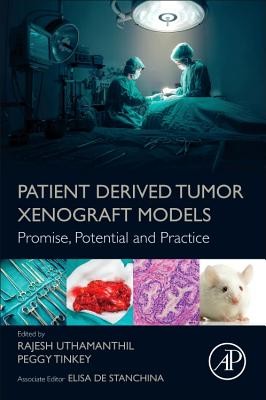
- We will send in 10–14 business days.
- Publisher: Academic Press
- ISBN-10: 0128040106
- ISBN-13: 9780128040102
- Format: 15 x 22.9 x 2.8 cm, softcover
- Language: English
- SAVE -10% with code: EXTRA
Patient Derived Tumor Xenograft Models (e-book) (used book) | bookbook.eu
Reviews
Description
Patient Derived Tumor Xenograft Models: Promise, Potential and Practice offers guidance on how to conduct PDX modeling and trials, including how to know when these models are appropriate for use, and how the data should be interpreted through the selection of immunodeficient strains.
In addition, proper methodologies suitable for growing different type of tumors, acquisition of pathology, genomic and other data about the tumor, potential pitfalls, and confounding background pathologies that occur in these models are also included, as is a discussion of the facilities and infrastructure required to operate a PDX laboratory.
EXTRA 10 % discount with code: EXTRA
The promotion ends in 16d.13:28:33
The discount code is valid when purchasing from 10 €. Discounts do not stack.
- Publisher: Academic Press
- ISBN-10: 0128040106
- ISBN-13: 9780128040102
- Format: 15 x 22.9 x 2.8 cm, softcover
- Language: English English
Patient Derived Tumor Xenograft Models: Promise, Potential and Practice offers guidance on how to conduct PDX modeling and trials, including how to know when these models are appropriate for use, and how the data should be interpreted through the selection of immunodeficient strains.
In addition, proper methodologies suitable for growing different type of tumors, acquisition of pathology, genomic and other data about the tumor, potential pitfalls, and confounding background pathologies that occur in these models are also included, as is a discussion of the facilities and infrastructure required to operate a PDX laboratory.


Reviews